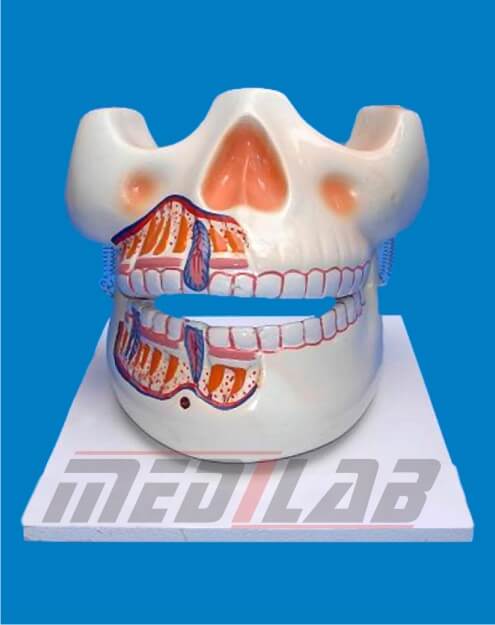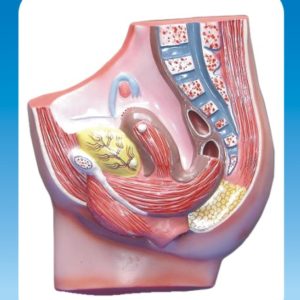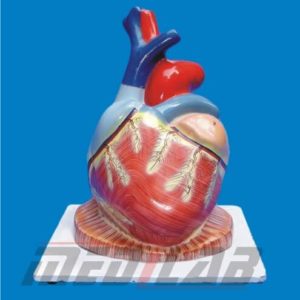Description
Human Upper & Lower Jaw are part of the skeletal system and play an important role in the process of digestion. The upper jaw is also called the maxilla, while the lower jaw is called the mandible.
The maxilla is a bone that forms the upper part of the jaw and contains the sockets for the upper teeth. It also helps to form the nasal cavity and the floor of the orbits (eye sockets). The maxilla is connected to several other bones in the skull and is considered an immovable bone.
The mandible is the only movable bone in the skull and forms the lower part of the jaw. It contains the sockets for the lower teeth and allows for movements such as chewing, speaking, and facial expressions. The mandible is connected to the skull via the temporomandibular joint (TMJ) and is controlled by muscles such as the masseter and temporalis.
Together, the maxilla and mandible form the upper and lower dental arches, which are essential for proper tooth alignment and occlusion (the way teeth come together). They also help to support the facial structures and maintain the overall shape of the face.







